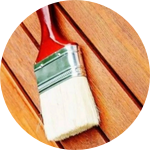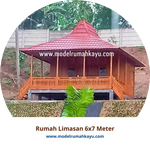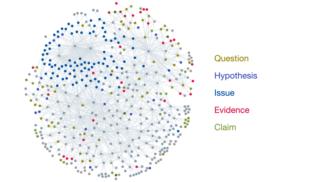Please wait...
About This Project
Our 'graph-enabled idea board' serves as a hub for capturing excess research ideas, allocating microprojects, and properly attributing credit. We'd like to investigate its potential for enabling newcomers to quickly and effectively contribute to ongoing projects.
More Lab Notes From This Project

Browse Other Projects on Experiment
Related Projects
Creating the Onco-Tensor: An AI-ready repository for multi-omic cancer data
Multi-omic data (e.g., genomics, transcriptomics) holds the key to identifying novel solutions for most...
OpenFlavor: scaling and modeling fermentation through open science
The fast-growing no- and low-alcohol industry relies on novel fermentations like tea, but outcomes remain...
Are microplastics impacting shellfish?
We are conducting microplastic shoreline surveys and would like to explore if microplastic is commonly ending...





